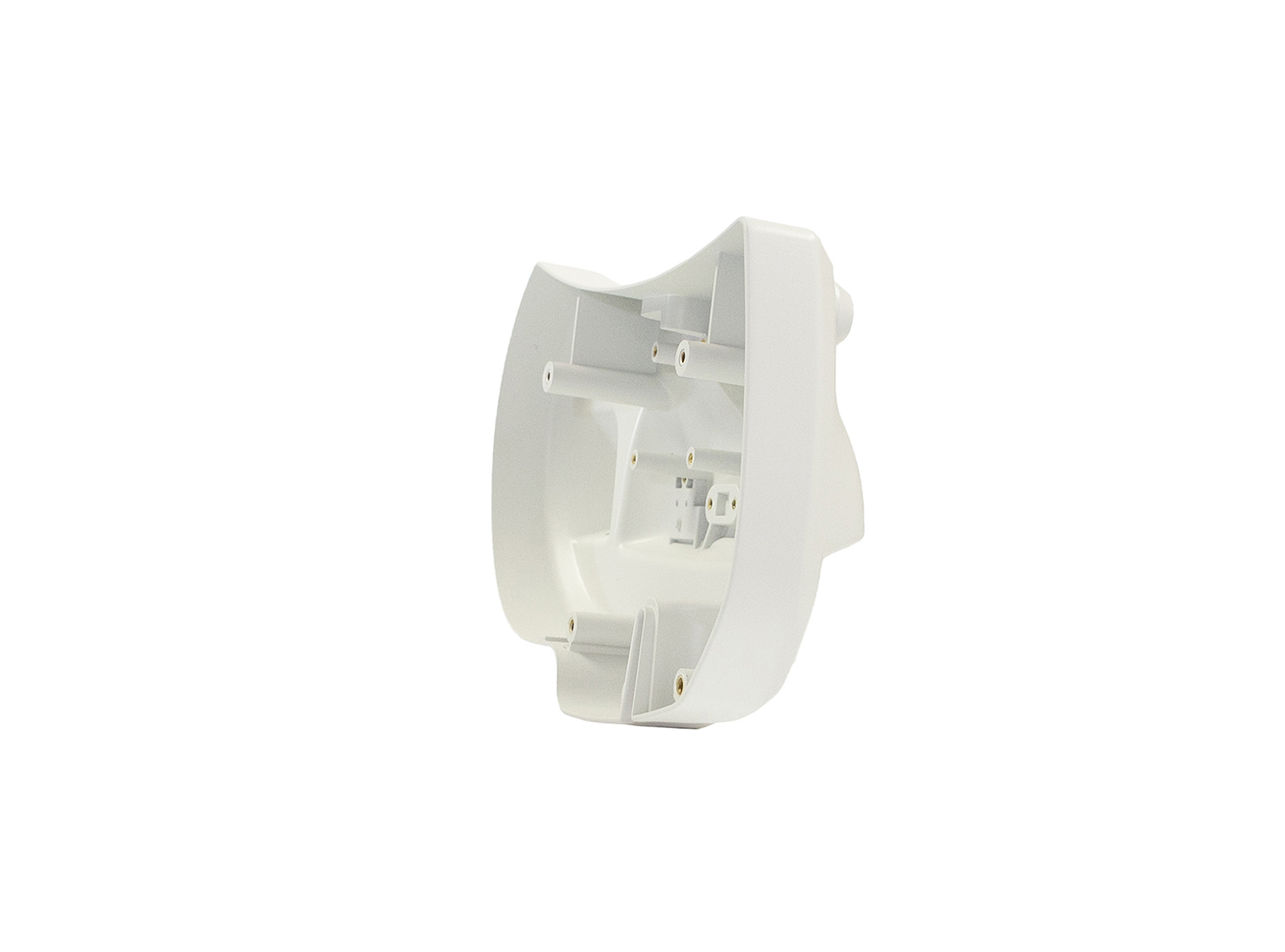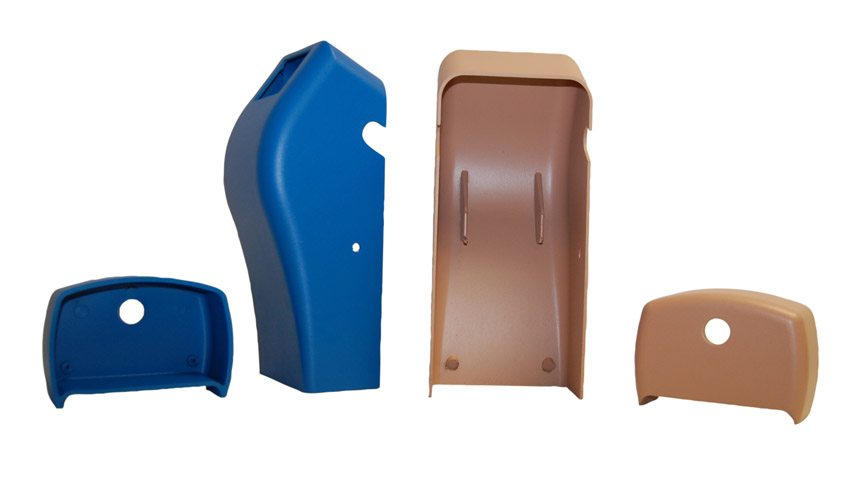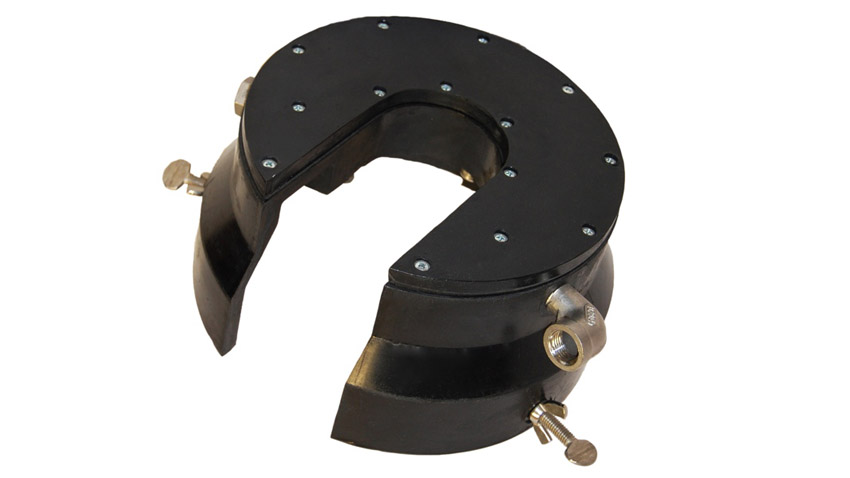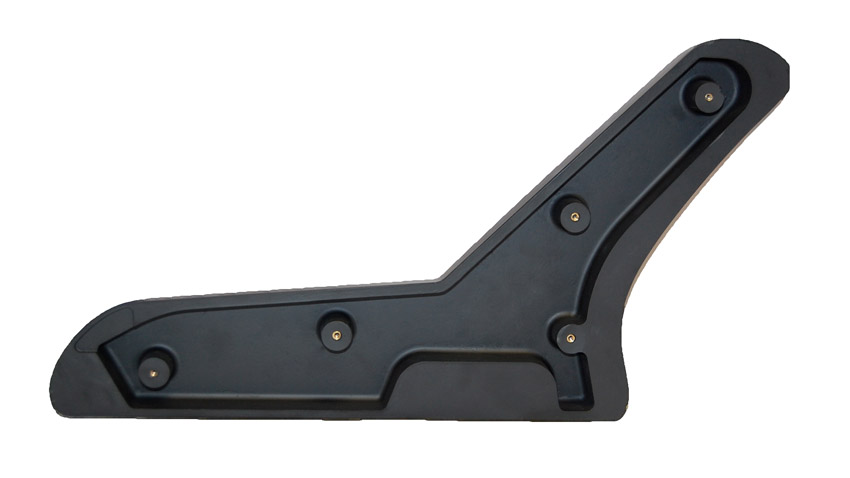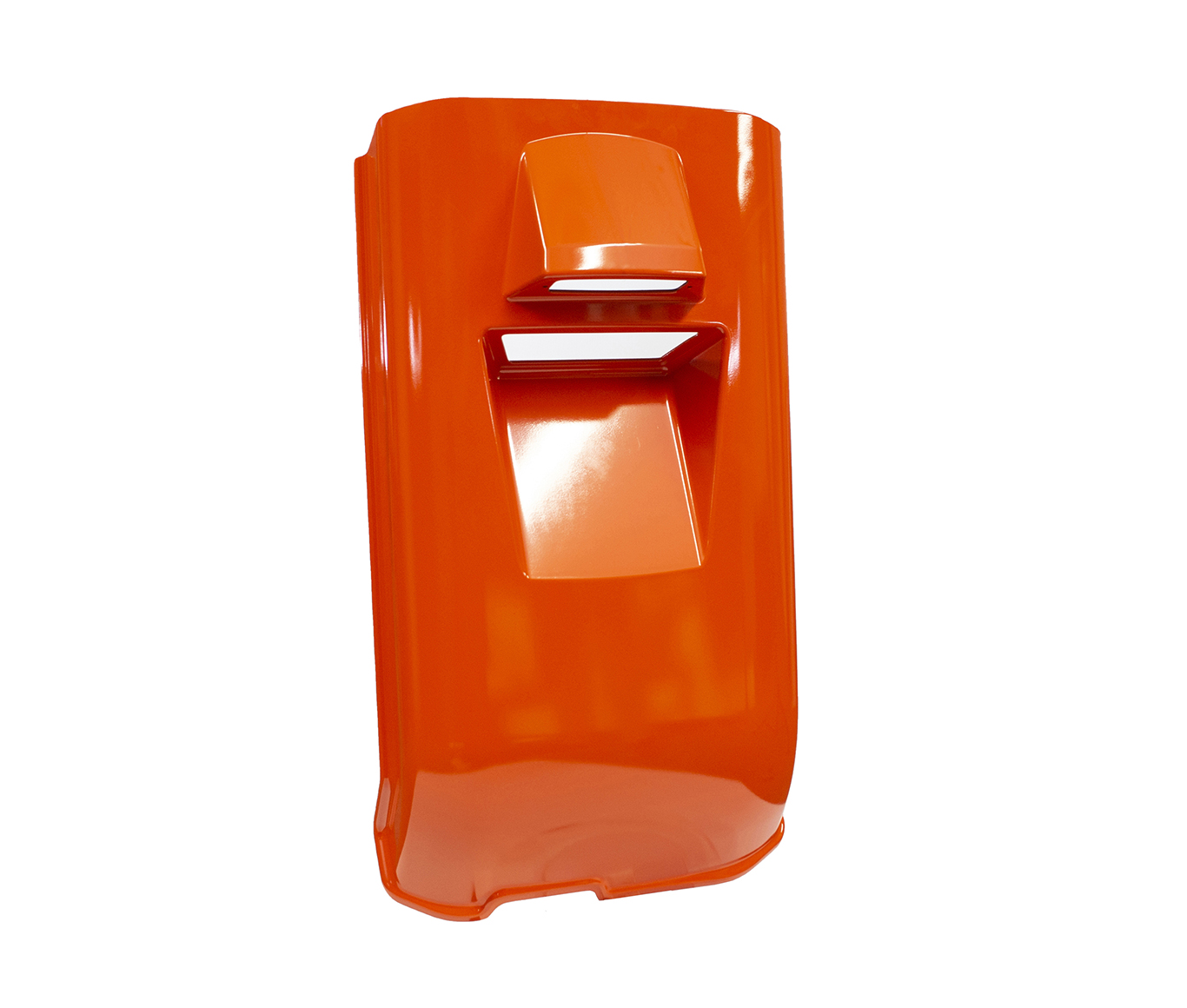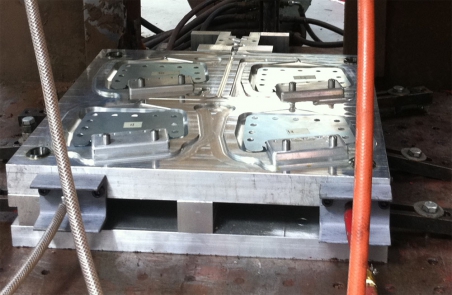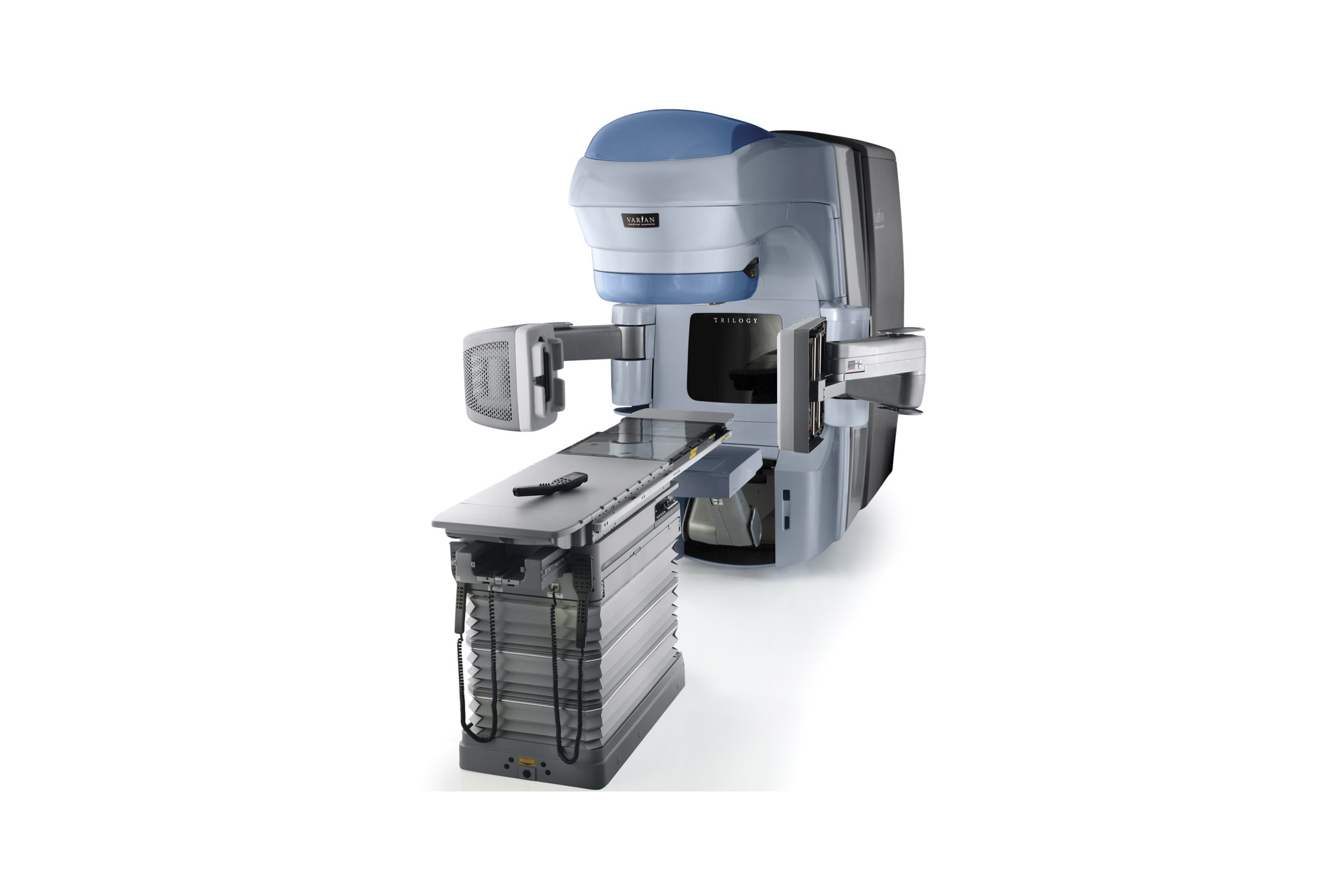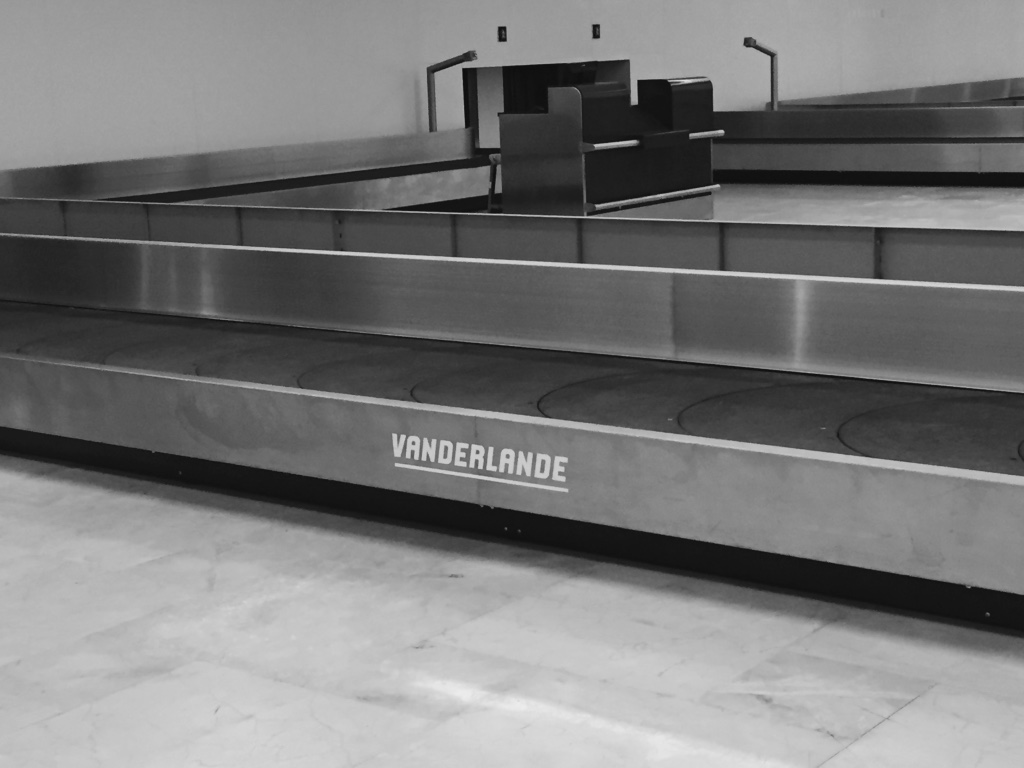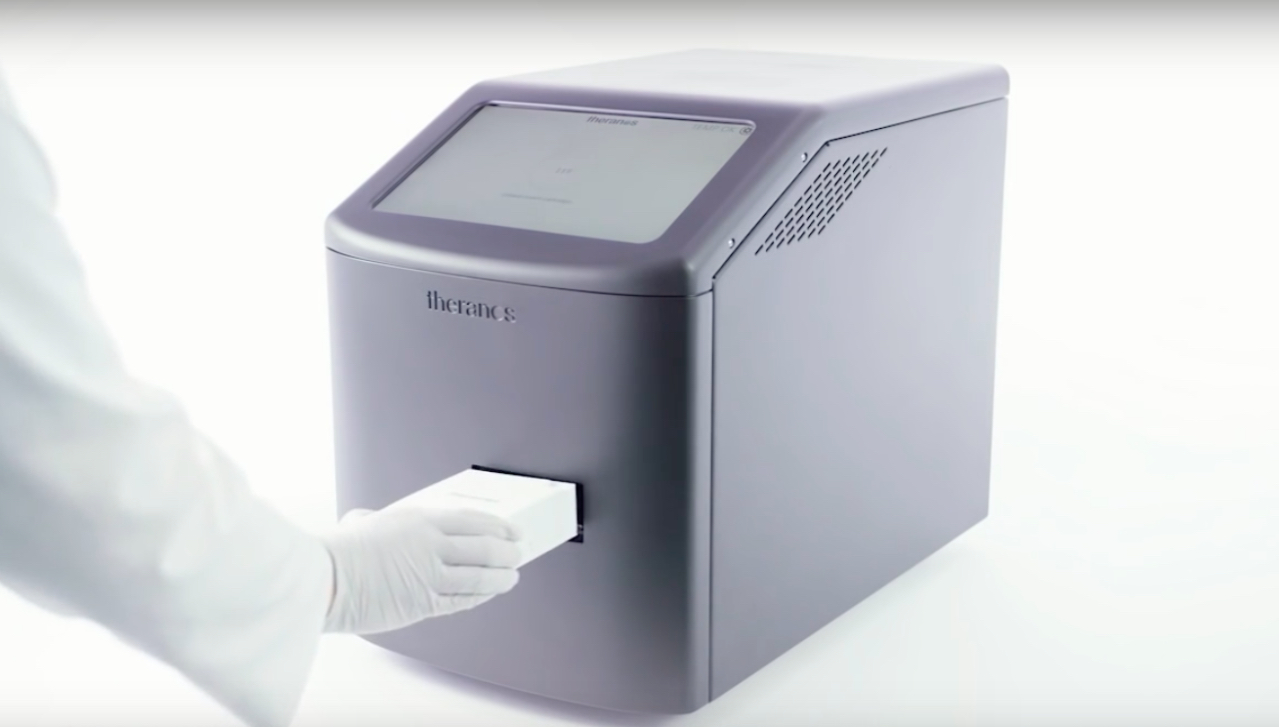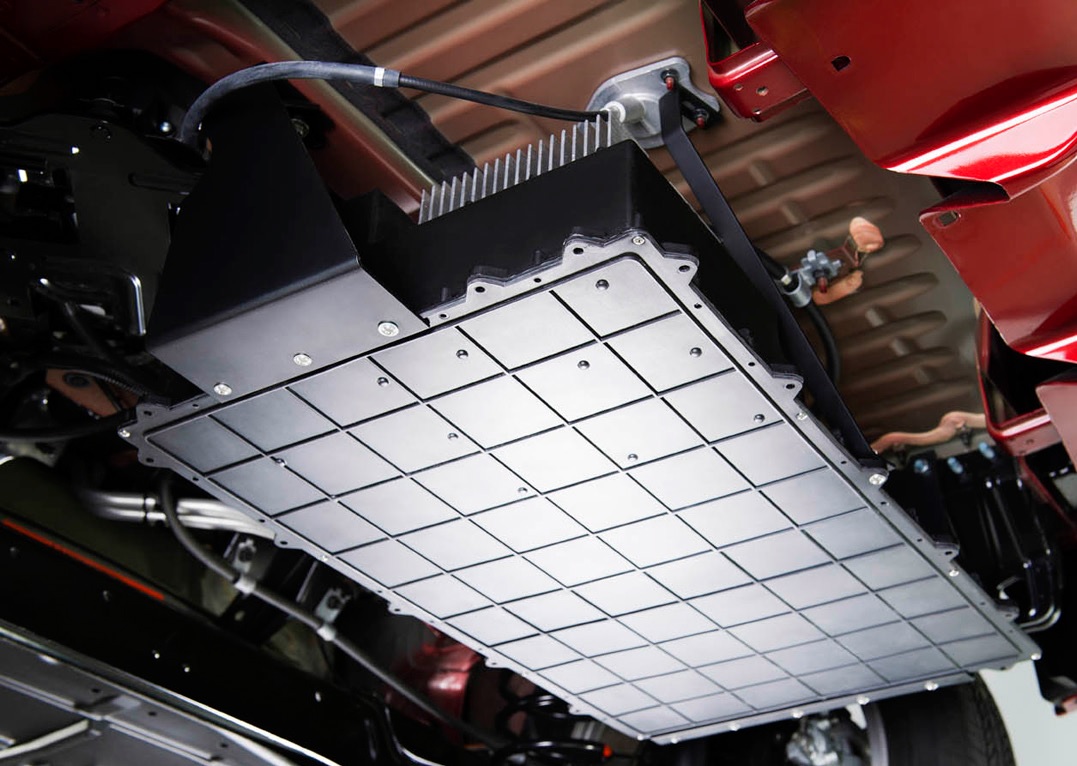Commercial Tractor Hood
32.5L x 21.5W x 22H (7 lbs.)
The chemical reaction that distinguishes Reaction Injection Molding from typical injection molding makes all the difference in how your products perform. RIM Manufacturing uses low viscosity liquid polymers which expand and harden in the mold at much lower temperatures than those of plastic injection molding or thermoforming. Plus, your RIM designs can be much more intricate with a greater range of weight, strength, density, and hardness.
RIM is ideal for large parts that need to be lightweight, like the above tractor hood, which is only 7 pounds.
Medical Device Swivel Tray
18L x 18W x 5H (2.5 lbs.)
RIM, and Structural Reaction Injection Molding, give you design options otherwise impossible. RIM is able to accommodate small to very large parts, impart structural integrity, tight tolerances, and greater ranges of wall thickness within the same part. Plus, several parts can be combined into one.
Consider the intricacy of the above design, with RIM, the medical device swivel tray doesn’t need as many post-production additions or assembly steps as other manufacturing options.
Laboratory Device Base
58L x 27W x 3.25H (26 lbs.)
Since our RIM process requires lower temperatures and pressures than other manufacturing processes, RIM polymers can be injected into cost-efficient aluminum molds. These cost up to 70% less than steel molds and last longer. They may never need to be replaced and can be modified much less expensively.
For the laboratory device base above, the size, weight, and number of products needed, along with the intricacy of the design, made RIM an ideal process for the project.
Medical Device Cover
18L x 11W x 4H (1.5 lbs.)
Whatever your specifications, we will work with you to check that RIM is the optimal process for your project. Depending on wall thickness and strength, ribs, draft, bosses, holes, grooves, and vent needs, we will help you select the right system and chemistry to achieve the correct process and end product.
RIM Manufacturing Will Help You Find the Best RIM Design for Your Project
- Elastomeric– for RIM parts with superior impact strength, durability, dimensional stability, and resistance to corrosion, abrasion, and wear.
- Solid– produces RIM parts similar to those created with thermoforming or thermoplastic systems, but these allow variation in wall thickness throughout a part without visible sink marks. Typically, the minimum wall thickness is 1/8” to 1/2”.
- Rigid Foam– a blowing agent creates a high-density skin around a low-density microcellular core. This skin gives the RIM part firmness and durability, while the low-density core reduces the part design’s weight. Wall thickness can vary from 1/4” to 11/2”.
- Flexible Foam– this system’s blowing agents create self-skinning foams. The thickness of the skin and density of the foams can be adjusted to achieve the precise flexibility, firmness, and support characteristics your RIM part design requires.
- Reinforced RIM (RRIM)– the Elastomeric system with glass or mineral fillers introduced to produce parts with greater rigidity.
- Structural RIM (SRIM)– Solid or Foam chemistries can incorporate long-fiber reinforcements, like glass mats, to increase stiffness and impact resistance for your RIM design.

